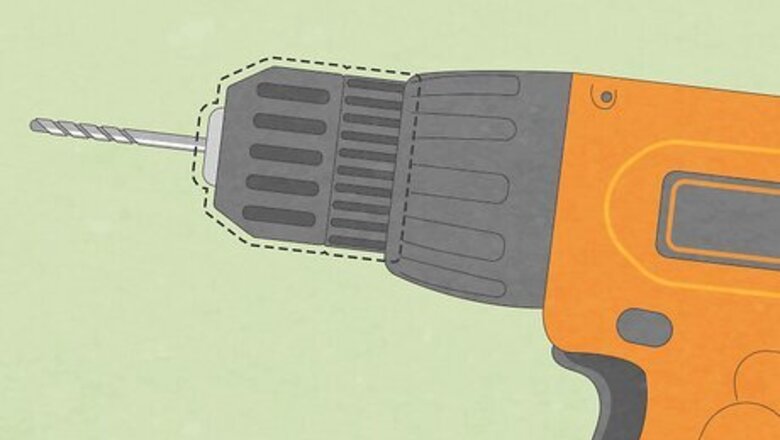
views
- Manually remove a drill bit by hand, with a screwdriver, or with a wrench.
- Grip the end of the drill chuck with one hand and pull the drill's trigger with another to rotate the bit free.
- Insert your drill's key into the holes along the chuck and turn it counterclockwise 5-6 times.
Removing the Bit Manually

Locate the chuck at the end of the drill. The chuck is the part of the drill that holds the bit in place. This piece is usually made of plastic on the outside and can rotate back and forth. The drill can be on or off. With Dremel drills, you'll need to press a button before being able to remove the bit.
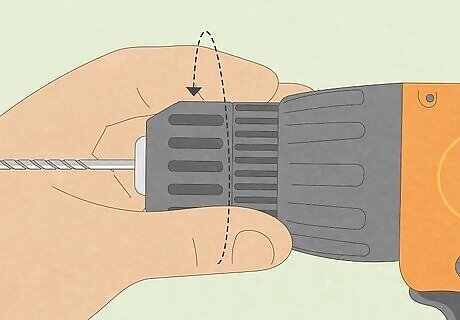
Rotate the chuck counterclockwise. Hold the handle with one hand and turn the chuck counterclockwise. This will start to loosen its internal components which will free your drill bit. Continue turning the chuck until the bit falls out. Work over a desk so that the bit doesn’t fall on the floor.

Set the bit aside so that you don’t lose it. Place the bit in a ziplock bag or with your other drill bits so that you don’t lose them. You can also keep them organized in a toolbox.
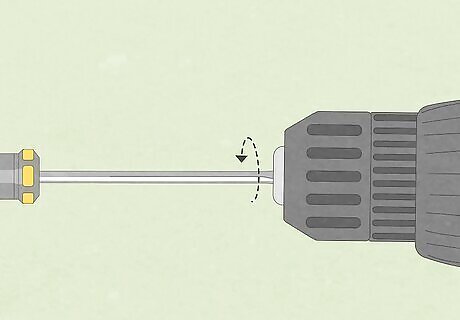
Unscrew the chuck if it's is stuck. If your chuck won't budge when you try to rotate it, it may be stuck. Insert a Phillip's Head screwdriver into the tip of the drill and turn the screw inside of the chuck counterclockwise. This should loosen it up enough to rotate the chuck. Once your chuck rotates again, replace the screw.
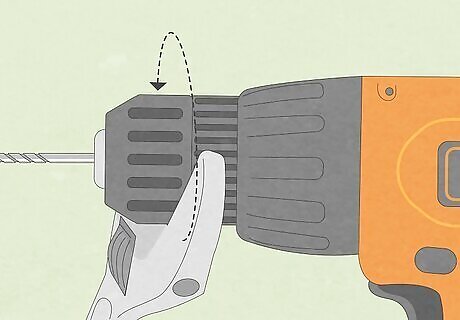
Turn the chuck counterclockwise with a wrench if it's stuck. If you can't manually turn the chuck, it may be stuck. In this case, use a large wrench or vice grips and turn the chuck counterclockwise with your tools. Forcing the chuck when it's stuck may further damage the drill.
Using the Drill to Remove the Bit
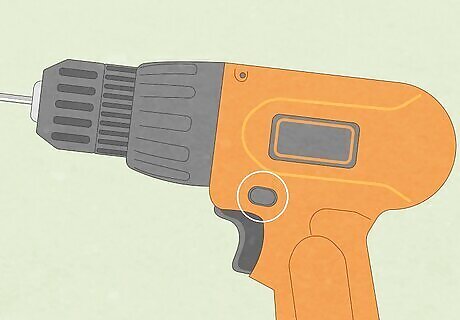
Press the button on the left side of the drill. There should be a button above the handle on your electric drill. This button dictates which direction the drill spins when you pull the trigger. To remove the bit, you’ll want to rotate the bit counterclockwise. Pushing the button in on the left side will make the drill rotate counterclockwise, while pushing the button on the right side will cause the drill to turn clockwise.
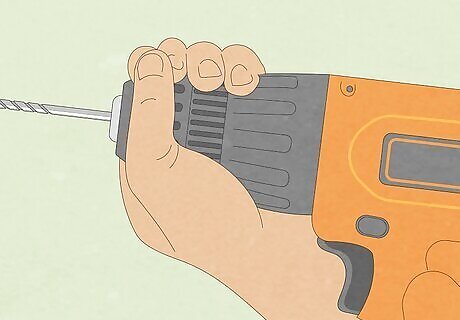
Hold the chuck at the end of the drill. The chuck is the end of the drill that holds the bit in place and is usually made of plastic. Hold the end of the chuck in place with your free hand to keep it from rotating while you pull the trigger on your drill.
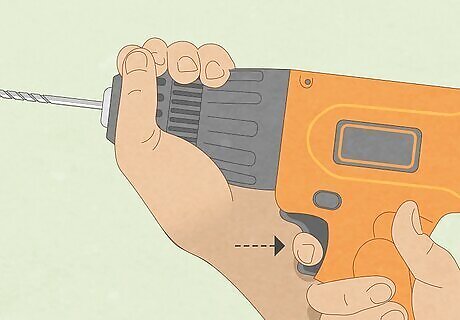
Pull the trigger. Hold the chuck as you pull the trigger. This should rotate the internal components of the chuck, which will free your bit. Once the bit is free from the drill, set it aside in a safe place so that you don’t lose it.
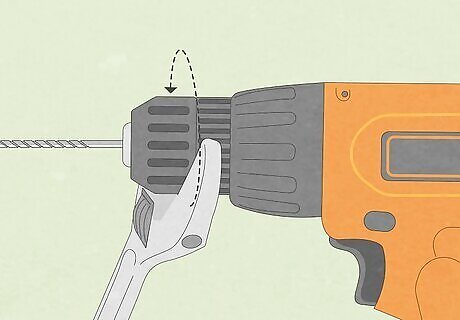
Rotate the chuck with a wrench if it's stuck. Turn the chuck counterclockwise with vice grips or a wrench if it's stuck. This will give you additional leverage and allow you to manually turn it. Note that this may damage your drill.
Removing a Bit from a Drill with a Key
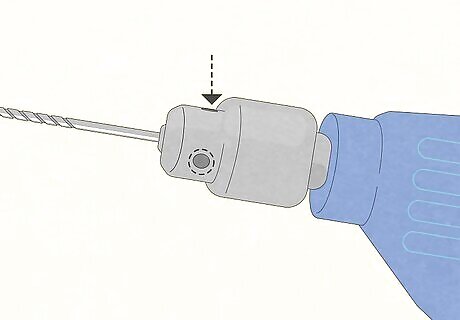
Locate the holes at the end of the drill. Some older drills and some drill presses will have holes at the end of the drill that fit a special key. Find the part where the bit fits into the drill, otherwise known as the chuck. Drill presses may have more than one hole that you need to loosen before the bit can come free.
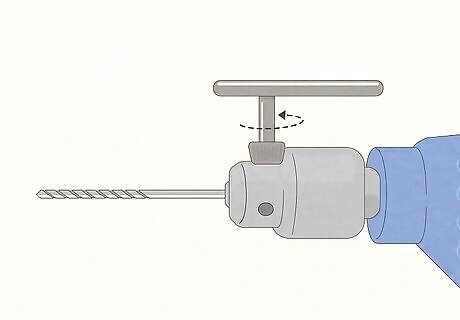
Turn the key counterclockwise in the holes. Your drill should have come with a key that fits into the holes in the chuck. Fit the end of the key into the hole in the chuck then turn the key counterclockwise 5-6 times. This should start to loosen the bit from your drill. If you can’t find your chuck key, you’ll have to purchase another one that’s made for your specific drill.
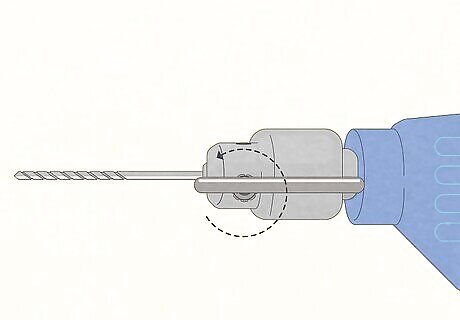
Loosen the rest of the holes on the chuck. Once you’re done loosening one hole, move onto the others until you’ve loosened them all. Once they are all loose, the bit should come free from the drill. Remove the bit from the drill and set it aside. If the drill bit is still stuck, it's likely that you didn't loosen all of the holes. Double check and make sure that you've turned them all counterclockwise.














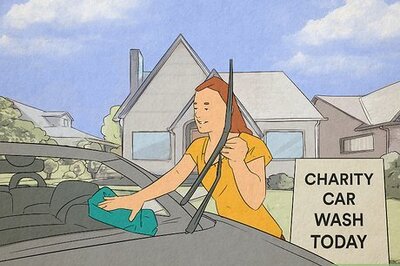


Comments
0 comment